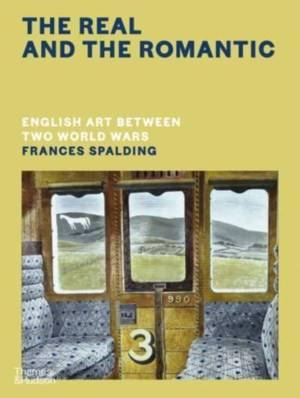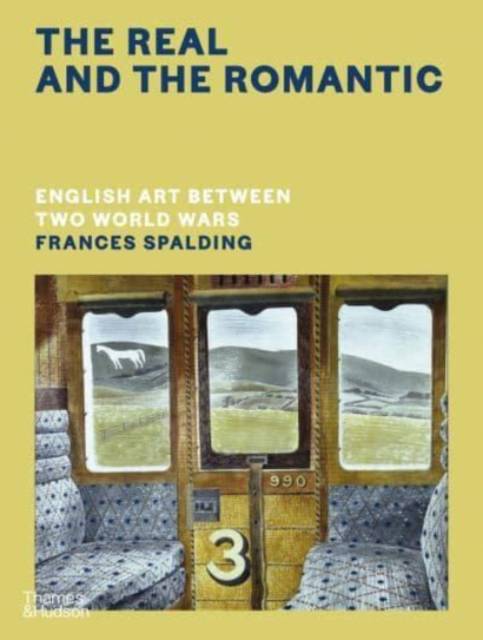
- Afhalen na 1 uur in een winkel met voorraad
- Gratis thuislevering in België vanaf € 30
- Ruim aanbod met 7 miljoen producten
- Afhalen na 1 uur in een winkel met voorraad
- Gratis thuislevering in België vanaf € 30
- Ruim aanbod met 7 miljoen producten
The Real and the Romantic: English Art Between Two World Wars – A Times Best Art Book of 2022
English art between two world wars
Frances SpaldingOmschrijving
The twenty-first century has seen a surge of interest in English art of the interwar years. High-profile exhibitions have attracted record-breaking visitor numbers and challenged received opinion. In The Real and the Romantic, Frances Spalding takes a fresh and timely look at this rich period in English art.
The devastation of World War I left the art world decentered and directionless. This book is about its recovery. Spalding explores how exciting new ideas coexisted with a desire for continuity and a renewed interest in the past. We see the challenge to English artists represented by Paul Cézanne and Pablo Picasso, and the role played by museums and galleries in this period. Women artists, writers, and curators contributed to the emergence of a new avant-garde. The English landscape was revisited in modern terms.
The 1930s marked a high point in the history of modernism in Britain, but the mood darkened with the prospect of a return to war. The former advance toward abstraction and internationalism was replaced by a renewed concern with history, place, memory, and a sense of belonging. Native traditions were revived in modern terms but in ways that also let in the past. Surrealism further disturbed the ascetic purity of high modernism and fed into the British love of the strange.
Throughout these years, the pursuit of "the real" was set against, and sometimes merged with, an inclination towards the "romantic," as English artists sought to respond to their subjects and their times.
Specificaties
Betrokkenen
- Auteur(s):
- Uitgeverij:
Inhoud
- Aantal bladzijden:
- 384
- Taal:
- Engels
Eigenschappen
- Productcode (EAN):
- 9780500518649
- Verschijningsdatum:
- 26/05/2022
- Uitvoering:
- Hardcover
- Formaat:
- Genaaid
- Afmetingen:
- 197 mm x 254 mm
- Gewicht:
- 1404 g

Alleen bij Standaard Boekhandel
Beoordelingen
We publiceren alleen reviews die voldoen aan de voorwaarden voor reviews. Bekijk onze voorwaarden voor reviews.








